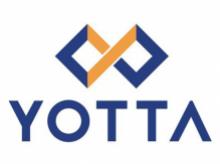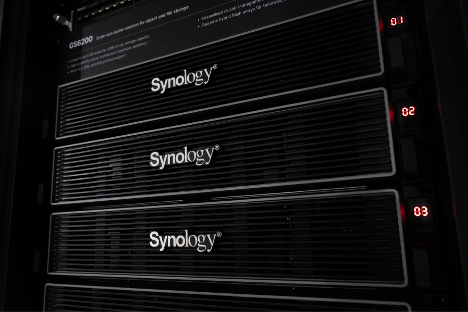Lenovo and Anaconda Announce Agreement to Accelerate AI Development and Deployment
Lenovo
announced a strategic partnership with Anaconda Inc., the leading provider of
the world’s most popular artificial intelligence (AI), machine learning (ML)
and data science platform, to empower Lenovo’s high performance data science
workstations. The partnership will couple Lenovo’s trusted ThinkStation and
ThinkPad workstation product portfolio heritage and leadership with
Anaconda’s enterprise strengths for open-source leadership, security, and
reliability.
The rapidly
evolving world of artificial intelligence, deep learning and generative AI is
opening up new opportunities for businesses and data scientists. Much of the AI
innovation taking place today is driven by open-source software and cloud-based
solutions, with Python being a leading software language for AI applications.
However, the data security risks associated with utilizing open-source software
at an enterprise level, privacy concerns and often prohibitive cost of
cloud-based AI solutions, is causing many organizations to rethink their
approach to investment in AI development. With Intel®-powered Lenovo
workstations architected with the latest generations of professional NVIDIA® GPUs
built for large-language model fine-tuning, and the Anaconda Navigator’s
ability to enable businesses to leverage open-source and AI with enhanced
security, scale, and governance mechanisms in place, the partnership allows
data scientists to create and deploy AI solutions with first class hardware and
enterprise-grade AI software support within a more manageable investment
framework.
Optimized for Intel
platforms, Lenovo’s new generation of data science workstations deliver
remarkable AI performance and is one of the world’s most powerful and scalable
AI workstation portfolios. Planning for AI projects requires clear and
thoughtful pathways to allocate the right hardware, software and skillsets to
manage each stage of AI development. Lenovo workstations complement cloud-based
AI solutions by acting as a bridge between local and cloud resources and aid data
scientist flexibility and productivity. Lenovo’s full workstation portfolio
includes highly configurable systems designed for nearly every AI workflow,
industry or vertical, size and price point – all architected to drive the
future of AI forward in an agile and cost-efficient way. From single CPU and
GPU mobile workstations that are ideal for data input, collection and
preparation, to the most powerful dual CPU and four GPU configurations for
advanced AI workflows, Lenovo workstations with Anaconda Navigator offer
protected “sandbox” environments to tackle the most complex AI solution
development and deployment.
“With Lenovo’s
trusted workstation leadership and Anaconda’s trusted leadership in open-source
software support and reliability, the partnership is a perfect match,” said Rob
Herman, Vice President and General Manager, Workstation and Client AI Group at
Lenovo. “We’re excited to activate this partnership to aid data scientists in
pushing forward the capabilities of AI with our premium workstations portfolio
and Anaconda’s stellar open-source packages and repositories.”
Anaconda Navigator
is available for download to use on current and future generation Lenovo
Workstations.
“As artificial intelligence and machine learning models grow increasingly
complex, high-performance workstations are imperative to empower data
scientists with advanced capabilities,” said Chandler Vaughn, Chief Product
Officer at Anaconda. “Lenovo's leadership in supplying optimized workstations,
featuring robust GPUs, memory, and storage, positions them as an ideal
collaborator for Anaconda and our Navigator desktop product. By jointly
providing resilient hardware and trusted software tools, Lenovo and Anaconda
present data scientists, AI developers, and AI engineers an unrivaled platform
to freely explore emerging techniques in AI/ML. This symbiotic relationship
enables organizations to push boundaries and accelerate innovations in
artificial intelligence without technological constraints.”


































Leave A Comment